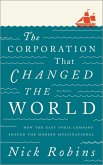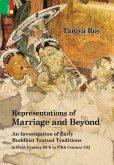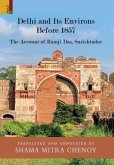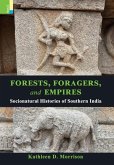This book examines how the agrarian society of Bengal was transformed in the decades after the British conquest. While the focus is local, the arguments have a wider resonance. Datta revisits old debates, re-examines established orthodoxies, offers provocative arguments, and persuades us to rethink the history of late Mughal and early modern India. His arguments proceed at two levels. At one, he explores the working of markets: estimating bullion influx, trade fluctuations, price movements, and commodity flows. He shows how the internal trade between Bengal and other regions expanded, bazars and haats proliferated, with merchants and markets creating an interlocking network tying the towns to the countryside. At another level, Datta zooms into the rural areas to recover the lives of peasants. We see them engaged in intensive cultivation of their land with domestic labour, producing rice, lentils, mustard, mulberry and cotton, participating in an increasingly complex market network, negotiating monsoons and fluctuating harvests.
Hinweis: Dieser Artikel kann nur an eine deutsche Lieferadresse ausgeliefert werden.
Hinweis: Dieser Artikel kann nur an eine deutsche Lieferadresse ausgeliefert werden.








